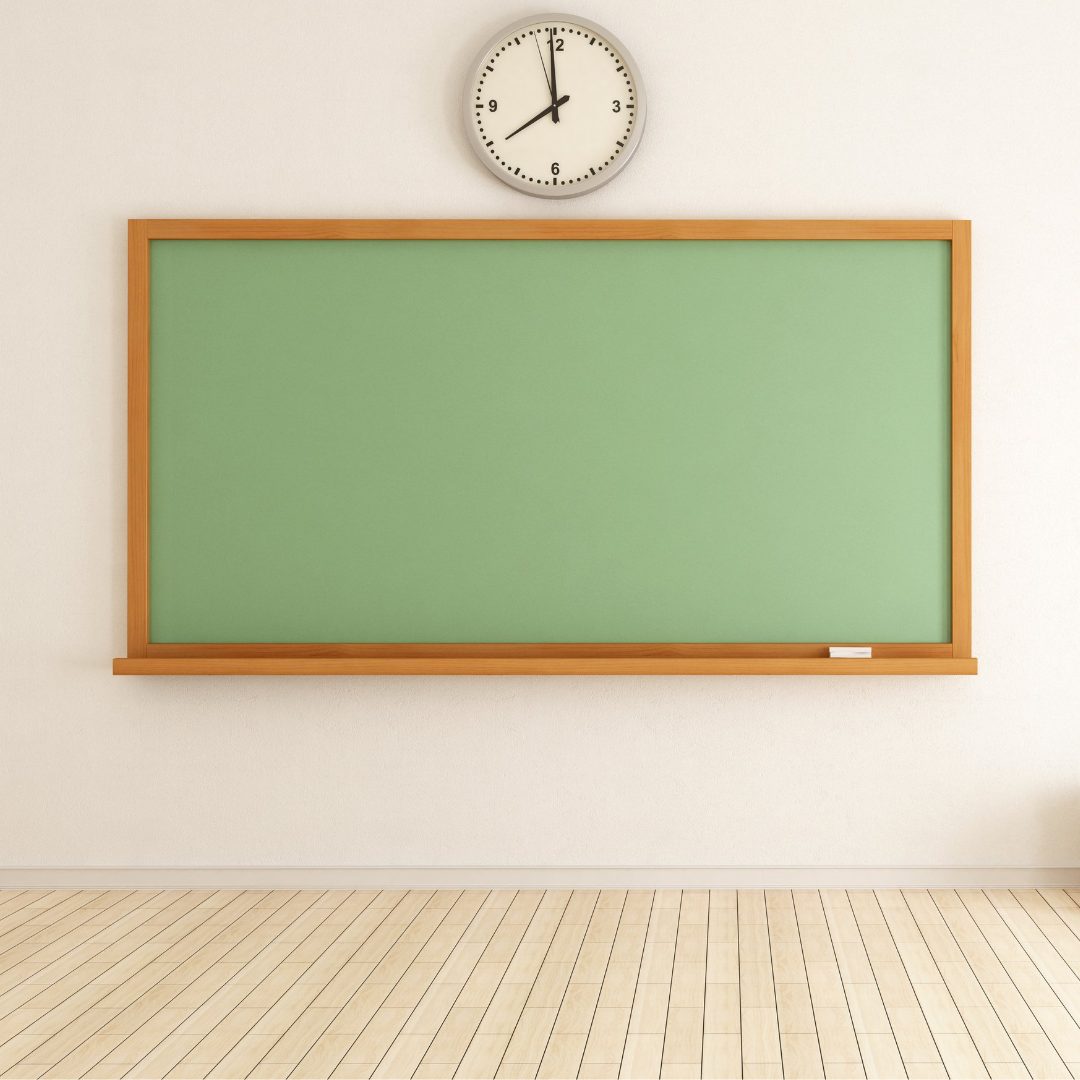If I had a nickel for every time, parents told me that they had already (without much lasting impact!) tried a reward system at home with their child—well, I would be a rich woman. Many of you who have a child with ADHD, an autism spectrum disorder, or executive functioning challenges have struggled with your child not listening or following directions at home, having frequent meltdowns, hitting peers or siblings, using disrespectful language, etc. So, you probably decided to try a rewards system to work on these skills. And–let me guess–your child’s behavior improved initially, but a week later, you were right back where you started.
I know. I have been there, too, with my kids. We start a cotton ball jar for following directions and showing kindness. A week into it, my kids are sharing well and easily following their morning and nighttime routines. Another week later and I’m forgetting to give the cotton balls, my kids are taking 30 minutes to get dressed in the morning, and we are all kinds of frustrated with each other.
Why Rewards Are Important
Before we get into the do’s and don’ts of using rewards at home, let’s start by discussing why they are important. The use of rewards to change behavior is based on the concept of positive reinforcement. Positive reinforcement is a strategy that falls under the umbrella of behavioral interventions or applied behavior analysis (ABA). Positive reinforcement simply means adding something desirable following behavior in an effort to increase or teach a new skill. For example, you probably taught your child how to sit on the potty when they were young. You likely modeled the behavior for your child and then helped her sit on the seat. When your child was successful, you probably offered praise, stickers, and tangible items (treats, toys). This is a typical example of using positive reinforcement to teach a new skill.
The Power of Positive Reinforcement
At a biological level, when your child learns a behavior, a neural connection is made in the brain. For instance, if you are at home and your child has a meltdown when you ask him to shut down the iPad, and then allow your child to continue playing, the meltdown behavior is reinforced. A neural connection was made in the brain: “When I meltdown, I get extra iPad time.” Now maybe you don’t do that every time, but perhaps it happens more often than you like, just out of sheer frustration and exhaustion. I know because I have been there! The more your child gets access to what he wants, the more that neural connection in his brain is reinforced. Pretty soon, it is a strong and efficient connection and happens almost automatically.
If we want our kids to learn new behaviors, we must create new neural connections that become efficient and automatic. We can do this by teaching new desirable behaviors and providing positive reinforcement.
I want us to stop thinking about this simply as a reward for behavior. We use This tool to teach our children new skills and how to get their needs met in socially appropriate ways.

Do’s and Don’ts for Parents
So now that we know why rewards (positive reinforcement) are important, let’s talk about the do’s and don’ts of using it at home!
- Don’t just start giving out rewards. Do sit down and think about what specific behaviors you want to teach your child at home. Make sure you review these behavioral expectations with your child and model them for her. For instance, if you are teaching following directions, you might show your child examples of what it looks like and does not look like to follow directions. And remember to have realistic expectations. If your child has ADHD, then she may not be developmentally able to follow multi-step directions. You may need to start with simple one-step directions.
- Don’t use negative language for your expectations. Do create positive behavioral expectations. Most parents can easily rattle off all the problematic behaviors in their child. But when we talk about what behavior you WANT to see, that is harder. Think about those behaviors that you are constantly frustrated with and then create a positive opposite. For instance, does your child constantly fight and hit others? Then a positive behavioral expectation might be, “Use nice hands” or “Be respectful to others.”
- Don’t make your system too complicated. Do create a system that is very easy to implement for your family and that your child finds fun and exciting. The more complicated you make it, the more likely you will quit it within a week. Make a system your child agrees with, and just try to be consistent.
- Don’t just say, “Great job!” Do give very specific praise and feedback to your child. Remember that positive reinforcement teaches your child a new behavior or skill. To do that, you need to tell your child exactly what she did right. For instance, you might say, “I loved how you listened really well and put your pajamas on the first time I asked you.” Do you see the difference? If you just say, “Great job,” your child might not know precisely what he did right.
- Don’t wait too long to offer your child reinforcement after the behavior. Do offer immediate and frequent feedback, especially when you are first teaching a new skill. This way, your child knows what she is doing well. Having things like a cotton ball jar, stickers, or points is a way to provide an immediate reminder that your child showed that new skill. Asking your child to wait until the end of the week to earn something fun is often fruitless. Most children with ADHD or executive functioning challenges have little ability to think in advance, delay gratification, or understand the concept of time. They require frequent and immediate feedback. Again though, the most important piece is offering that specific praise. Those cotton balls and points are nice tangible ways to remind us, parents, to give praise and catch our kids doing incredible things at home!
- Don’t just use candy, food, or toys as rewards. Do try to use things that are motivating and reinforcing for your child that are natural in your home. There are many fun activities at home that children can earn. In addition, many activities that our kids have accessible every day can also become privileges. For instance, screens, toys or games, or specific crafts that are motivating might become things earned at home. These things can be provided immediately and throughout the day.
- Don’t reward your child for things they are internally motivated to do. Do provide rewards or external consequences for behaviors your child has not yet consistently demonstrated or are not internally motivating. Some research shows that if children are rewarded for tasks they already find interesting and fun, they will be less internally motivated to do those tasks in the future. So, if your child already enjoys reading books with you or doing homework, skip the rewards for those skills.
- Don’t use rewards only when your child is not complying with a request. Do establish a clear, positive behavioral expectation and offer the reward/praise contingent on following the expectation. This distinction is the primary difference between positive reinforcement and bribery. For example, a bribe might occur if we ask our child to get ready in the morning, she doesn’t comply, and then we offer candy as a reward for complying. In this example, we have now taught our children that they can receive a reward or something good after initially not complying. That is why it is important to create clear behavioral expectations and positive consequences so your child knows that those only come with following expectations.
- Don’t get too frustrated by your child’s behavior. For those of you with children with ADHD, autism, or executive functioning challenges, do remember that your child has a neurobiological disorder, and showing many of these desirable behaviors (controlling impulses, managing frustration, and listening/following directions) is much harder for him than his peers. Your child has biological differences in how he learns, so respect and acknowledge that. Be very patient in your child’s learning. If you need help we this, we have created an online parenting course just for you! This course is designed to help parent create calm in their homes and don’t worry, its module-based so you can complete it in your jammies!
- Don’t expect perfection from yourself or your child. Do make mistakes. Mistakes are important in learning. Encourage your child to make mistakes and take time to celebrate those as well. When we make mistakes, those mistakes mean that we are learning. This goes for you, mamas, too! It’s ok to make mistakes, yell, get frustrated, and lose it. You are a human being. If you have seen me with my kids, you will know child psychologists also lose it with our kids. Our parenting mistakes provide excellent opportunities to model apologizing to our kids. Embrace those mistakes because they mean you are trying, you are learning, and you are an awesome mama!
Sometimes, one of the most complex parts of developing a reinforcement system is figuring out what motivates your child. Will you let us know in the comments below what your go-to reward is so that other mamas can get some ideas?
Lori







[…] If your child is still resistant to reading with you, you might consider having your child earn rewards for reading. If you are interested in this option, check out our post on using rewards effectively. We describe some important “do” and “don’t” reminders here. […]
[…] It is very hard for children to engage in exposures. It is so important that you make a plan with your child to reward them for making this amazing effort. Using tangible rewards, such as stickers, special time with family, or even toys can be useful in the teaching process. Always remember to pair these rewards with specific praise about your child’s effort and courage in this process. Make a plan with your child before you take the steps up the worry ladder to identify things your child would like to earn in the process. For more information, check out our post on positive reinforcement. […]
[…] Now that you have the guidelines for effective praise, practice this new strategy right away. Identify the skills you want to teach and praise, praise, praise. I also pair my praise with a reward system. I am the least creative person, so I use a no-frills system of stars on a paper posted on the fridge. My kids can collect stars for displaying these new behaviors. Click here for more information on using rewards at home. […]
[…] When you are building routines, keep in mind that this is a new skill! How do we teach new skills? We set the expectation and then we praise/reward our kids! […]
This article is a godsend. Didn’t realize the mistakes I made giving rewards for everyday tasks. I’m a single mother and I lose patience too much and it makes me beat myself up. I doubt myself. Thank you for this. Single moms struggle so much, if you know one, tell her she’s doing a great job. Ask her if she has any dreams or wants. She’s drowning.
Aw, I love this! Thanks for the feedback. You are doing amazing!